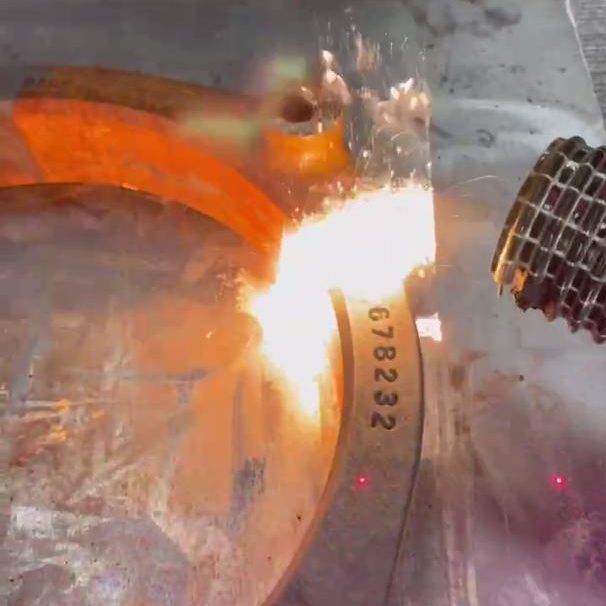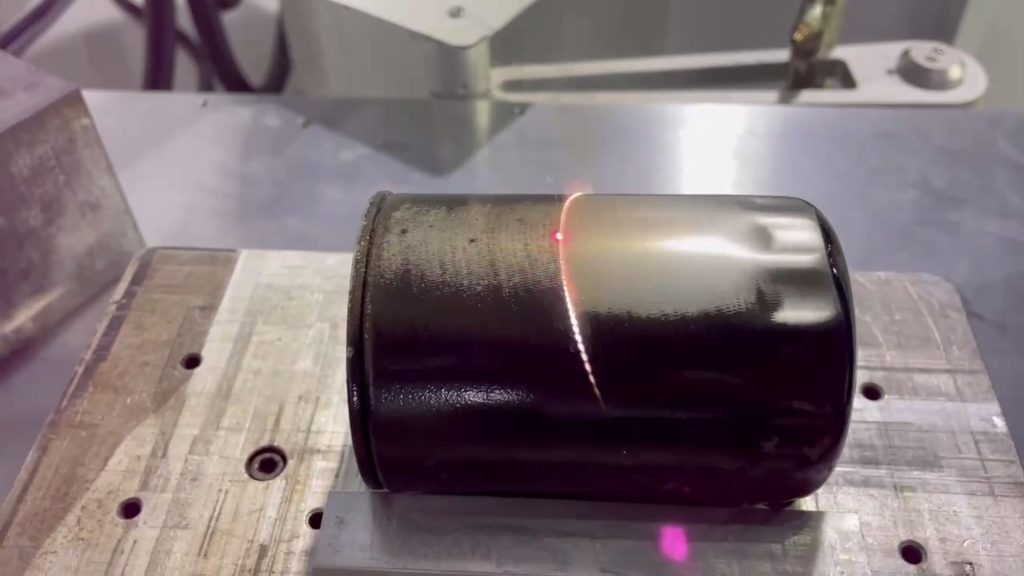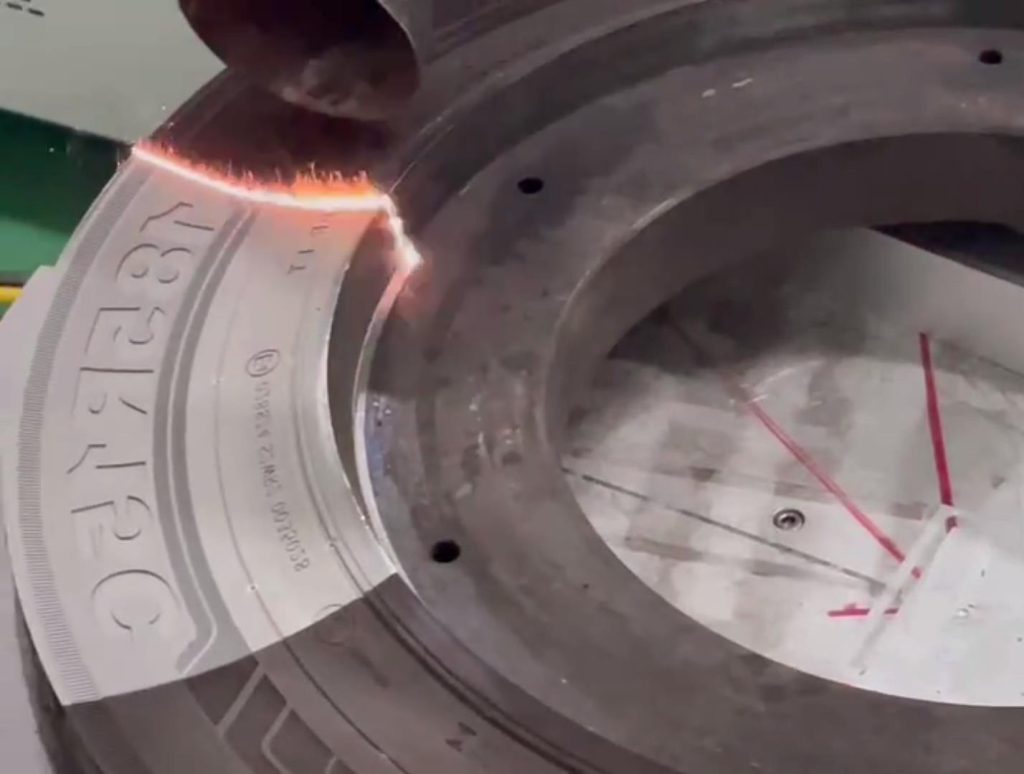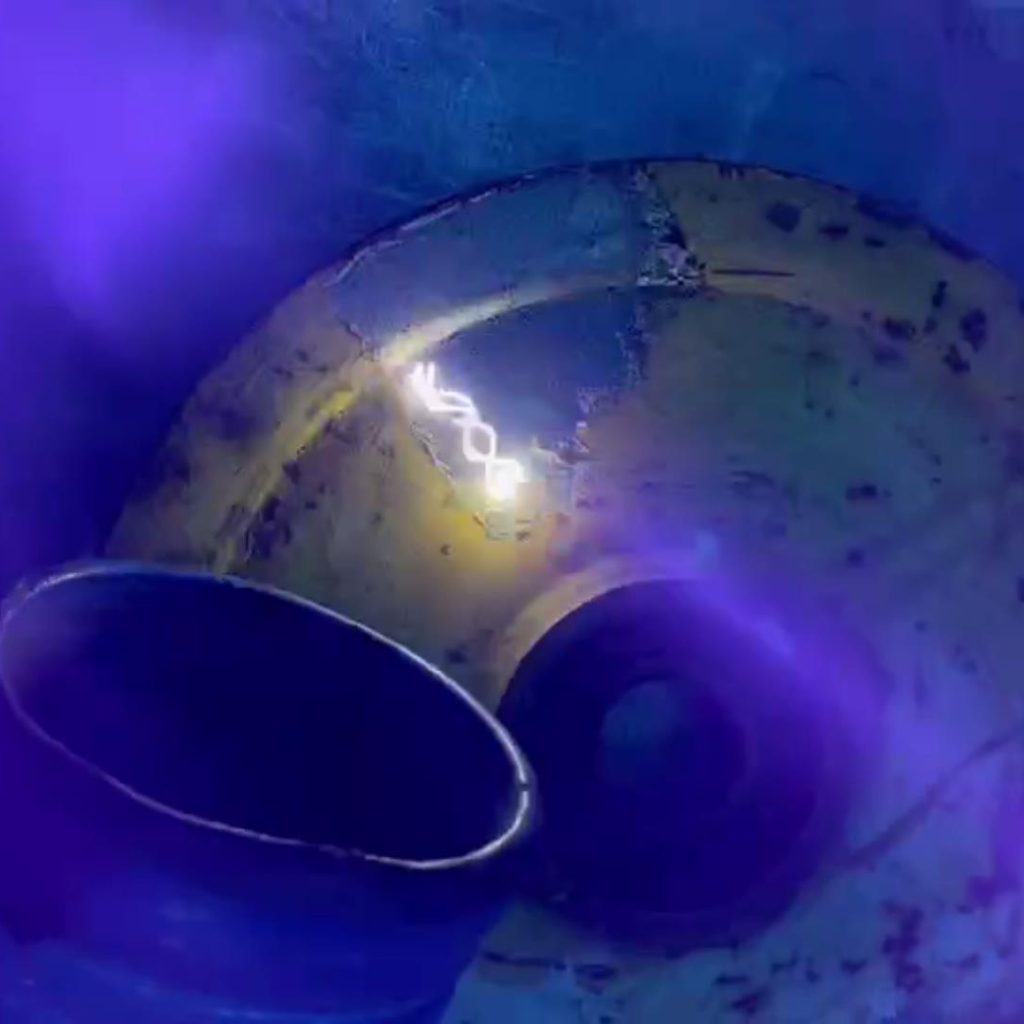Underwater Laser Cleaning Technology: Feasibility and Challenges
With the development of underwater technologies, many industries now rely on underwater structures and pipelines for transportation and exploration. However, these structures are prone to fouling and corrosion, which can lead to significant maintenance costs and even environmental hazards. Fortunately, the emergence of underwater laser cleaning technology offers a promising solution for these challenges.
Underwater laser cleaning technology works by focusing high-intensity laser beams on the surface to be cleaned, causing the fouling and corrosion to vaporize or ablate. This process is highly effective and efficient, as it can clean large areas quickly, without the need for physical contact or chemical agents. Moreover, laser cleaning is a precise and controllable process, which can be adjusted to suit different surface materials and fouling types.
The feasibility of underwater laser cleaning technology has been demonstrated in various applications, including oil and gas pipelines, ship hulls, and offshore platforms. In fact, some companies have already commercialized underwater laser cleaning systems and services, which have been proven to reduce maintenance costs and downtime, and improve safety and environmental performance.
However, despite the promising advantages of underwater laser cleaning technology, some challenges still need to be addressed to ensure its optimal performance and adoption. For example:
- Cost – The upfront cost of underwater laser cleaning systems can be high, which may deter some companies from investing in this technology. Therefore, there is a need to develop cost-effective and modular systems, which can be tailored to the specific needs of different industries and applications.
- Depth and water conditions – The effectiveness of laser cleaning decreases with depth and water turbidity, due to the absorption and scattering of laser beams. Therefore, there is a need to optimize laser parameters, such as wavelength and pulse duration, and to develop sensors and cameras that can improve the visibility and feedback of the cleaning process.
- Safety – Laser beams can pose a risk to human divers and marine life, especially if they are not properly shielded or monitored. Therefore, there is a need to develop safety protocols and standards that can ensure the safe operation of underwater laser cleaning systems, and to conduct further research on the potential effects of laser cleaning on the marine ecosystem.
In summary, underwater laser cleaning technology offers a feasible and promising solution for the fouling and corrosion of underwater structures and pipelines. However, its adoption and optimization require further investment and innovation, and the resolution of some technical, economic, and environmental challenges. Nonetheless, the potential benefits of this technology are significant and can contribute to the sustainable development of various industries and the protection of our oceans.





